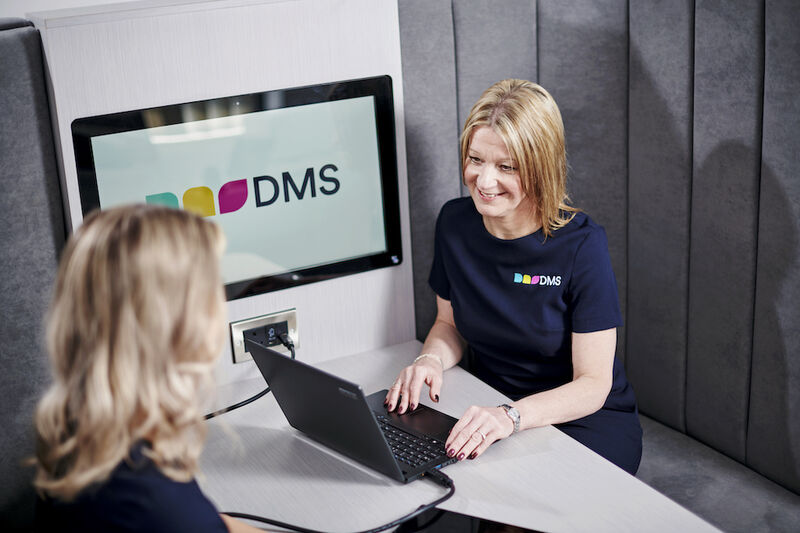When it comes to implementing digital transformation in schools in order to improve digital maturity, the PPT framework is incredibly effective.
What is the PPT Framework?
PPT stands for people, processes and technology, and all three are required in order for the framework to work effectively.
People do the work.
Processes make this work more efficient.
Technology helps people do their tasks and automates processes.
The framework can be compared to a three-legged stool. If one leg is shorter or longer, the whole stool loses its balance.
Put simply, without all three parts of PPT working together effectively, the whole framework becomes less stable.
As the technological landscape rapidly changes with the constant influx of new technology, schools must upskill their people and modify their processes in order to adapt to these new tools.
It’s unrealistic to throw new technology and fancy tools into the mix and expect it to solve a whole host of problems. The balance of PPT must be maintained in order for it to work as effectively as possible.
It’s important to remember that technology in education is only as effective as the processes utilising it and the people who handle it.
How Can PPT Digitally Transform the Education Sector?
The People
The people that manage the technology are a single leg, without which, no school could stand on.
That’s why it’s crucial to onboard people with the right kind of skills, knowledge and attitude. You must then define their role and upskill them with the proper training to help your school leverage the power of digital transformation.
The Processes
In order to provide clarity in school functioning systems, it’s essential to develop easy-to-understand processes. The clearer the process, the simpler it is for your staff (the People) to manage expectations and know which steps to follow in order to reach the desired outcome.
Having worked with a number of schools over the years, we have found that the processes are the true differentiator between good schools and great schools.
After you have defined these processes, you should ensure that your staff receive the essential training to help them understand the scope and specifics of their roles.
The Technology
You must never underestimate the power of great tech and tools in building future-ready schools. However, it is also important to note that technology is not a cure-all for problems.
In order to work as effectively as possible, schools need to make sure that the technology they implement works alongside their processes and that the people handling it have the correct training to do so.
When your school’s objectives have been articulated, processes defined and staff trained, the technology can catalyse the growth in digital maturity.
How DMS Can Help Your School to Become More Digitally Mature
As we discussed earlier, all three parts of PPT are required to work effectively. At DMS, we can help with the ‘Technology’ part.
We provide affordable and easy-to-manage technology bundles to help your classroom thrive, including:
- Laptops
- Tablets
- Interactive Screens
- Cloud Services
- Audio Visual Solutions
For more information on how the DMS Group can help your school, college, university or other educational organisation, get in touch with our team today.









